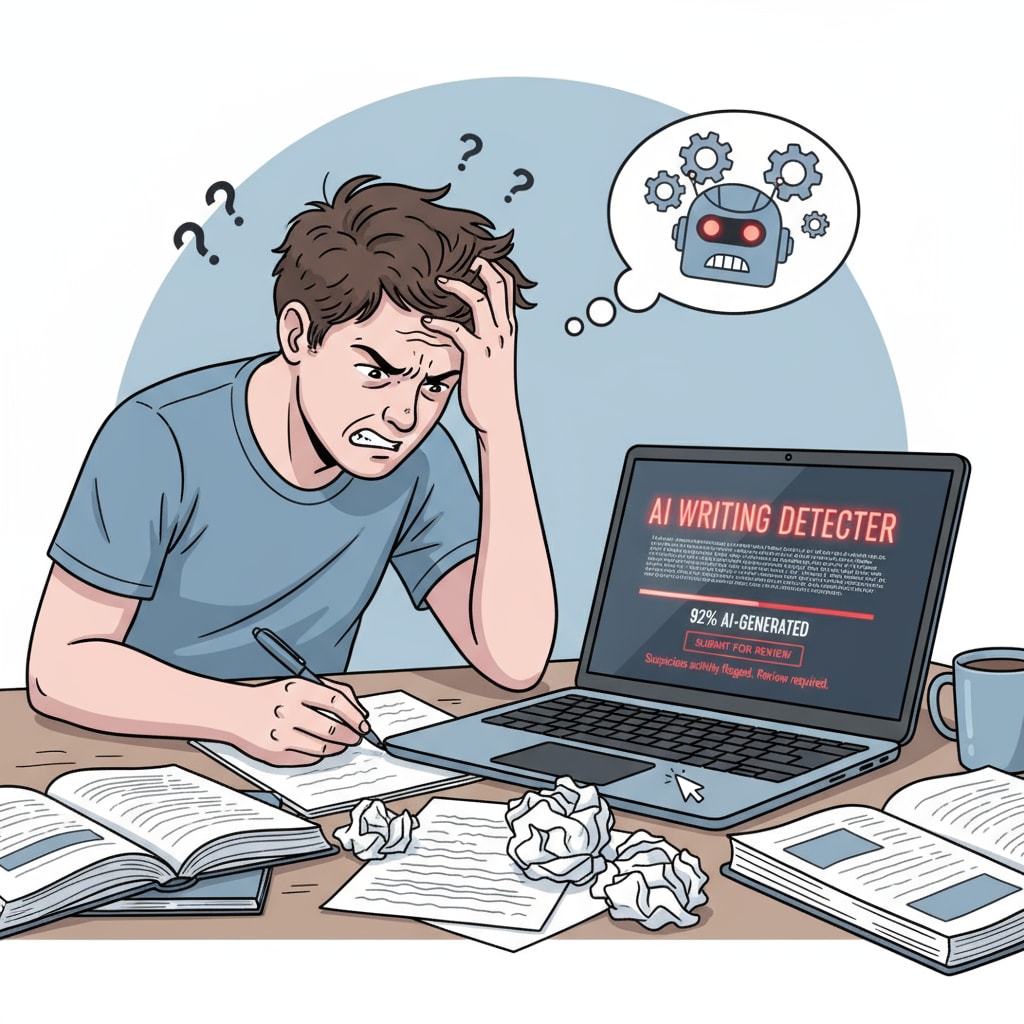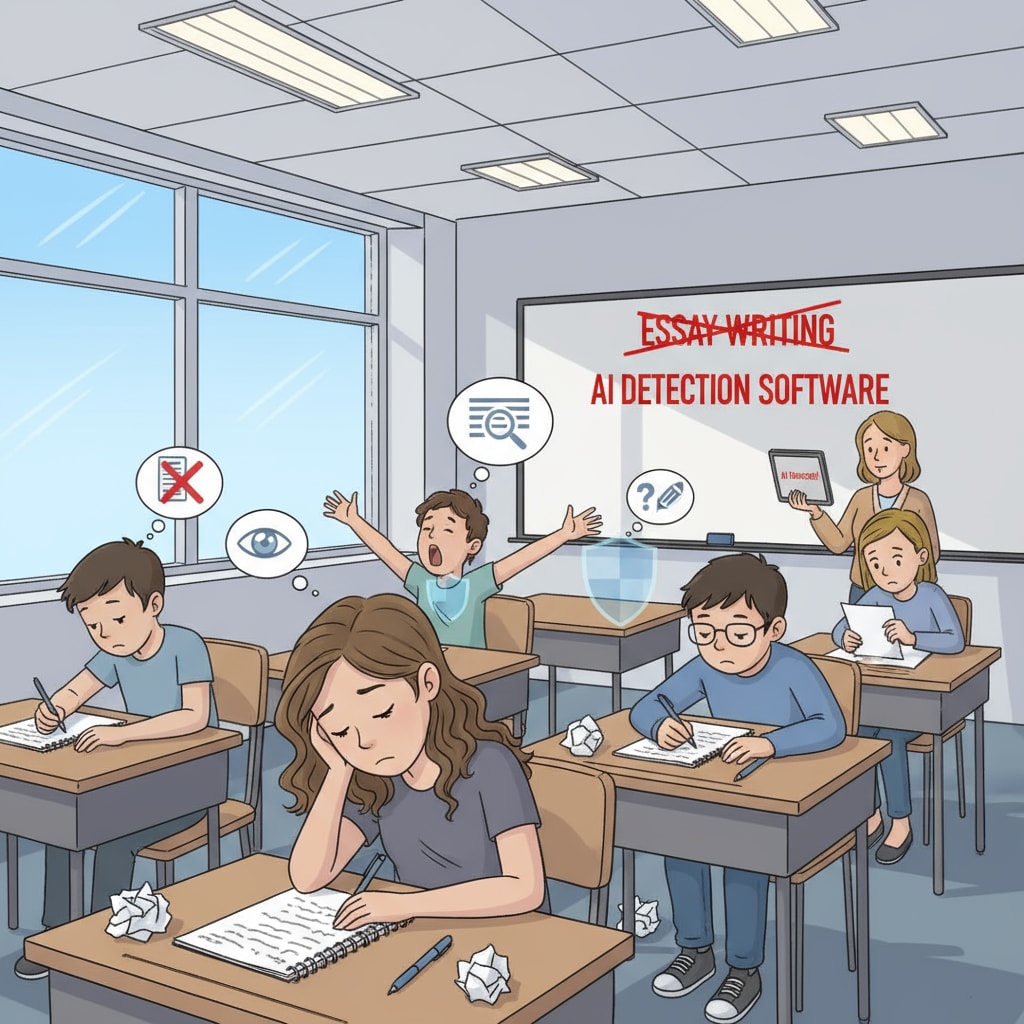In the realm of high school education, the intersection of creative writing, AI detection, and student creativity has become a topic of increasing concern. AI detection technology, initially intended as a helpful tool, has unfortunately started to cast a shadow over students’ creative writing endeavors.

The Suppression of Creativity
AI detection often operates with a set of rigid algorithms. When students know that their writing will be scrutinized by these systems, they may be deterred from taking risks. For example, they might avoid using unique metaphors or innovative narrative structures. According to Educause, creativity flourishes in an environment of freedom and exploration. However, AI detection restricts this freedom, pushing students towards more conventional writing styles to avoid false positives.
The Decline of Writing Enthusiasm
High school students are at a stage where they are developing their writing voices. But the presence of AI detection can make the writing process feel like a minefield. As a result, many students may lose their enthusiasm for writing. They no longer view it as a means of self-expression but rather as a task to be completed under strict surveillance.

Moreover, the feedback from AI detection is often impersonal and lacks the nuance that human teachers can provide. This further dampens students’ motivation to improve their writing skills. Teachers, on the other hand, should play a more active role in guiding students’ creativity, as emphasized by the National Education Association.
To sum up, while AI detection technology has its place in educational settings, its overuse in high school creative writing education is causing more harm than good. It is crucial that educators find a way to harness the benefits of technology while safeguarding students’ creativity and writing enthusiasm. Only in this way can we ensure that the next generation of writers can develop their full potential.
Readability guidance: The article uses short paragraphs to present ideas clearly. Each H2 section provides a focused discussion, and external links are added to support the arguments. Transition words are used to make the flow smooth, and the overall language is kept accessible to meet the readability requirements.


